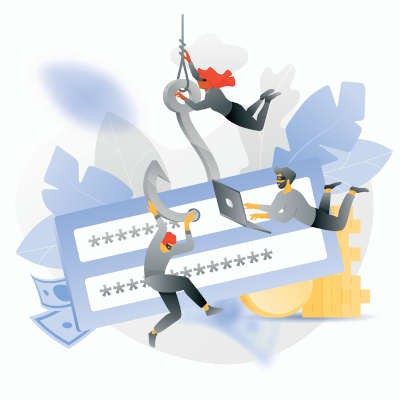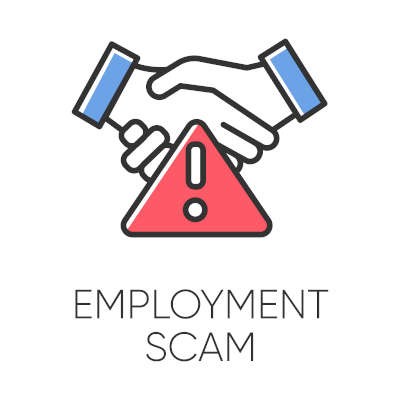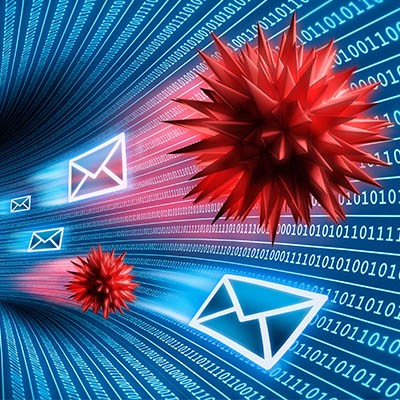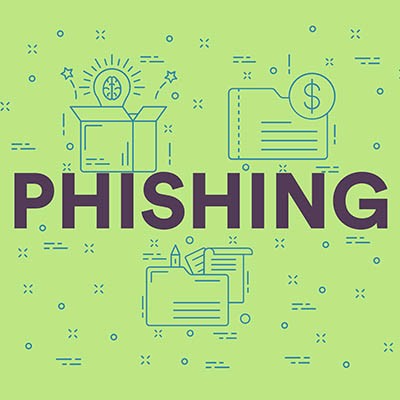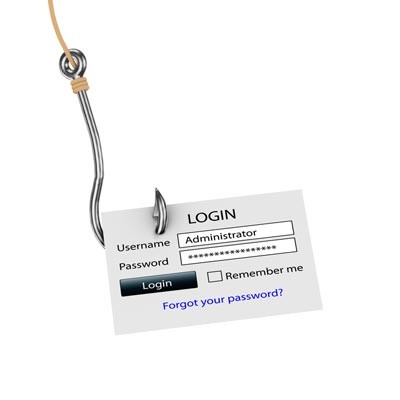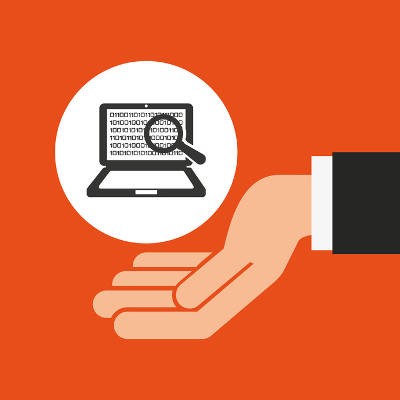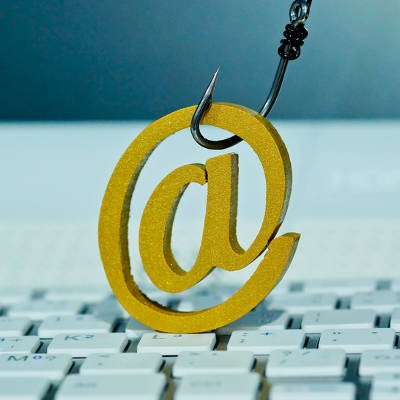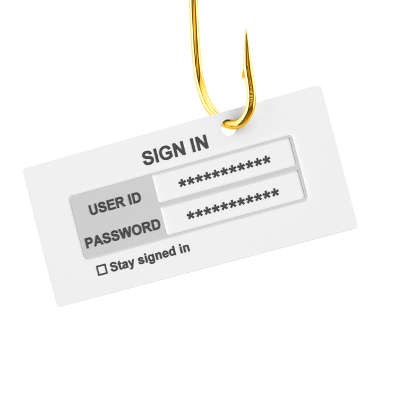If you’ve been reading this blog for any length of time, you’ve seen us reference a phishing attack. Whether you are being asked by some supposed Nigerian prince to fork over money or you are getting an email by what seems to be your bank that directs you to download an attachment, you are probably a potential victim of a phishing scam. The difference between being a potential victim and a victim is knowing how to identify it. Today, we’ll give you five ways to identify a phishing message so that you—or your company—won’t be scammed.
Since the onset of the coronavirus, many businesses have managed to sustain themselves through remote work—also commonly known as telework. While this strategy has allowed quite a few businesses to survive, it has also opened them up to security threats. Here, let’s focus on one such threat: vishing, or voice phishing.
With COVID-19 creating an unsure situation for so many businesses, and by extension their employees, these employees are suddenly finding themselves in a vulnerable position. Regardless of whether or not your employees are able to come into the office right now, it is important that you share the following information with them, as it may help to keep them out of a tough spot.
Phishing has quickly become the most predominant form of cyberattack due to the method’s simplicity. It solely relies on a user’s gullibility. The weakest link to any business is typically the employees. In order to protect your business, you and your team need to identify these social engineering cyberattack attempts. Let’s look at a few tips on how to recognize a phishing attempt.
Despite its whimsical name, phishing is a very serious threat to everyone, especially today’s businesses. This means that you need to be prepared to identify its warning signs and avoid risky situations. Here, we’re offering a few tips to help you do so - make sure you share them with your employees as well!
Hopefully, you’ve heard of phishing at this point: the method cybercriminals use to scam their targets by impersonating someone that their targets would trust, requesting access credentials or other sensitive information. Did you know that there are specific kinds of phishing? Here, we’ll review one of the biggest risks to your business... spear phishing.
Email is often touted as a favorite medium for launching cyberattacks against businesses and individuals. This is because it’s easy to hide the true intent behind an email attack within its contents, whether they are embedded images in the message itself, or links to external sources. How can you know for sure whether the links in your email inbox are legitimate?
Hackers are always trying to find creative and new ways to steal data and information from businesses. While spam (unwanted messages in your email inbox) has been around for a very long time, phishing emails have risen in popularity because they are more effective at achieving the desired endgame. How can you make sure that phishing scams don’t harm your business in the future?
Few security problems are more dangerous than a network breach. Considering how much you could lose from an unexpected bout with a hacker, it’s no surprise that businesses are concerned. Yet, even some of the most troublesome threats like phishing attacks are often ignored. A new study introduces the groundbreaking thought that phishing attacks should be at the forefront of a business owner’s mind regarding network security.

